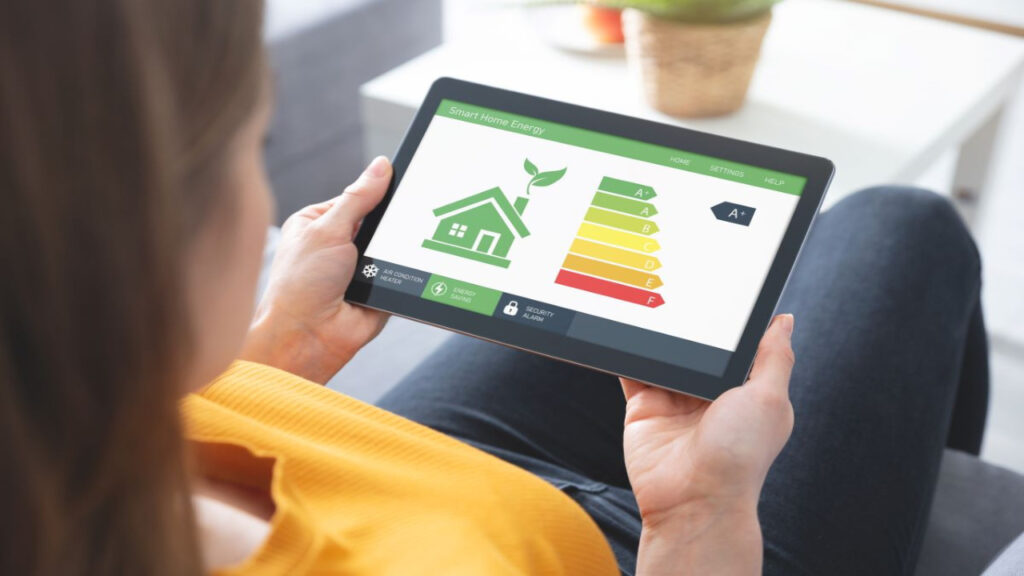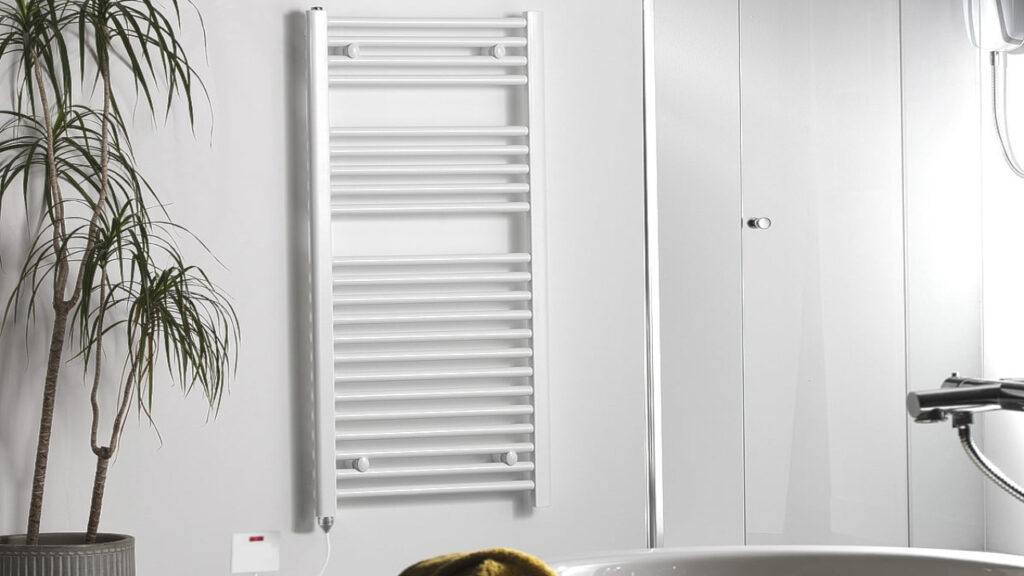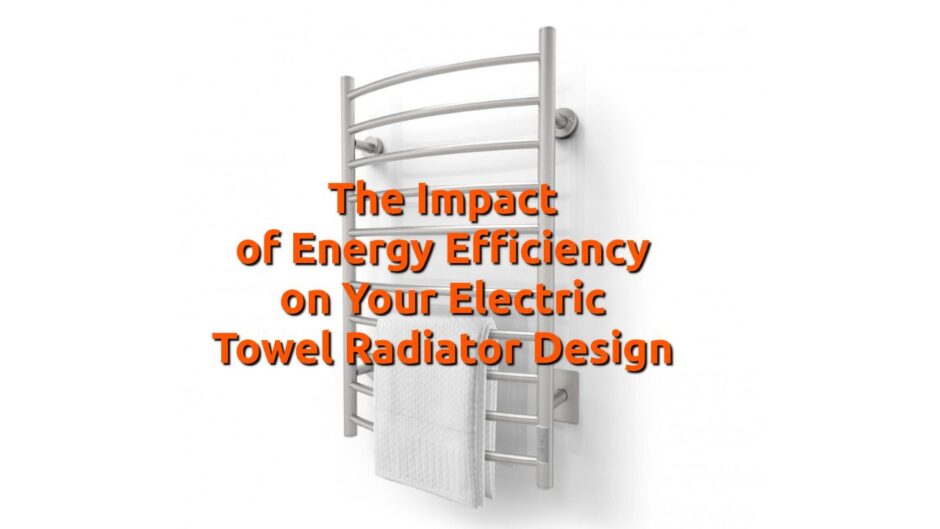Electric towel radiators are an essential part of many bathrooms, providing a source of warmth and a place to dry towels. However, the design of these radiators can have a significant impact on their energy efficiency, which can affect both the environment and your wallet. In this article, we will discuss the impact of energy efficiency on your electric towel radiator design and some tips for maximizing efficiency.
What Is Energy Efficiency?

First, it’s important to understand what energy efficiency means. Simply put, it’s the measure of how effectively an appliance or device converts energy into useful output. For electric towel radiators (handtuchheizkörper elektrisch), this means how effectively they convert electricity into heat.
Design
One of the key factors that affect the energy efficiency of an electric towel radiator is its design. Radiators that are designed to maximize heat output while minimizing energy consumption are considered more energy-efficient than those that aren’t.
Size

One way to improve the energy efficiency of your electric towel radiator design is to choose the right size. It’s important to choose a radiator that is the right size for your bathroom, as a radiator that is too small will struggle to heat the room, while one that is too large will waste energy.
Material
Another factor that can affect energy efficiency is the material the radiator is made from. Radiators made from materials that conduct heat well, such as aluminum or steel, tend to be more efficient than those made from materials that are poor conductors of heat, such as ceramic.
Way of Installing

The way the radiator is installed can also impact its energy efficiency. Radiators that are installed too close to walls or other objects can become less efficient because they don’t have enough space to radiate heat into the room. Radiators that are installed too far away from the wall may also be less efficient because heat can escape through the gaps between the radiator and the wall.
Way of Using
In addition to the design of the radiator itself, the way it is used can also impact energy efficiency. For example, leaving the radiator on all day, even when it’s not needed, can waste a significant amount of energy. Instead, it’s better to use a timer or thermostat to regulate when the radiator is on and off so it’s only on when it’s needed.
Another way to improve the energy efficiency of your electric towel radiator is to use it in conjunction with other energy-efficient features in your bathroom. For example, using low-flow showerheads and faucets can reduce the amount of hot water that is used, which in turn reduces the amount of energy needed to heat the water.
Regular Maintenance
Finally, regular maintenance can also impact the energy efficiency of your electric towel radiator. Radiators that are clogged with dust or debris can become less efficient because the heat is unable to radiate into the room effectively. Regular cleaning and maintenance can help to ensure that the radiator is working at its maximum efficiency.
In conclusion, the design of your electric towel radiator can have a significant impact on its energy efficiency, which in turn can impact both the environment and your wallet. By choosing the right size, material, and installation method, using it in conjunction with other energy-efficient features, and performing regular maintenance, you can maximize the energy efficiency of your electric towel radiator and enjoy a warm and cozy bathroom without breaking the bank.




